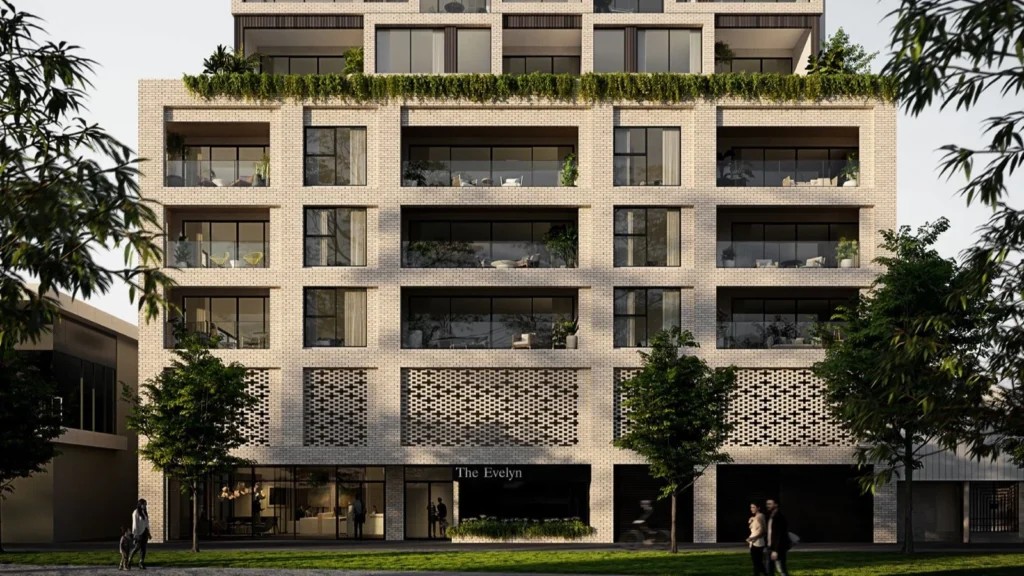The feasibility of a potential project is a process which assesses whether the project can be realistically undertaken, considering a number of factors. Depending on the level of detail required of the study, some or all of the following aspects will be considered:
SITE ANALYSIS
- LOCATION: Evaluation of the site, it’s topography, zoning and land use regulations.
- ACCESSIBILITY: Accessibility for construction and access to services, utilities and amenity
- ENVIRONMENTAL IMPACT: Environmental regulations and sustainability goals
FINANCIAL – RETURN ON INVESTMENT
- BUDGET: Develop a preliminary cost estimate, including construction costs, permits, legal fees, and contingencies.
- MARKET ANALYSIS: Assist in the evaluating the demand for the building type in the are (for commercial and residential developments)
- FUNDING: It is understood that the developer will have determined the source(s) of financing (loans, investors, private etc.). Targets for the Return on Investment should take into account all project costs including contingency, volatility and consultancy.
TECHNICAL FEASIBILITY
- DESIGN VIABILITY: Identify and design within local planning constraints and building codes.
- ENGINEERING ASSESSMENTS: Consider structural requirements, allow for mechanical, electrical, hydraulic and communications services.
- CONSTRUCTION METHODOLOGY: Design for appropriate construction techniques in balancing design expectations with cost.
LEGAL AND REGULATORY COMPLIANCE
- PLANNING CONSTRAINTS: Identify guidelines and permit requirements.
- BUILDING PERMITS: Identify and highlight construction code requirements that may place constraints on the development.
- HERITAGE: Comply with heritage constraints such as setbacks and make note of preservation techniques.
SOCIAL AND COMMUNITY IMPACT
- COMMUNITY: Consider how the project will affect or benefit the local community.
- STAKEHOLDERS: If appropriate, engage with community members, council or stakeholders and obtain feedback.
TIMELINE
- PROGRAM: Provide a realistic timeframe for milestones allowing for planning and design phases.
- DELAYS: Identify possible delays such as weather, permits and VCAT/Legal proceedings
SUSTAINABILITY
- ENVIRONEMENTAL BUILDING STANDARDS: Determine expectations for construction standards such as Greenstar, Nathers, Passivhaus etc.
- ENERGY EFFICIENCY: Investigate energy options and alternatives identifying possible cost savings, government programs and compliance matters
PROCESS
The following steps are typically followed in preparing a Feasibility Study
- INITIAL ASSESSMENT: Undertake a high level evaluation of the project brief as applied to the site
- DATA COLLECTION: Compile technical and legal data such as aerial photography, site context, site survey, soil tests and regulations.
- COST BENEFIT ANALYSIS: Provide project data and yield figures to allow for the Return on Investment model to be tested.
- RISK ASSESSMENT: Identify risks and establish mitigation strategies.
- REPORT: Prepare a detailed report of findings and recommendations including plans, elevations, sections and other drawings as required, 3d visualisation, area schedule, program etc.

